The reading time is approximately 2 to 3 minutes.
Eleanor of Aquitaine, daughter of Duke William, placed Armagnac at the heart of historical turmoil. Passed as dowry to King Louis VII of France, then retrieved upon their divorce to be given to Henry Plantagenet, King of England, Armagnac endured the challenges of English suzerainty until 1453. During these tumultuous times, it found its staunchest defenders alongside iconic figures such as La Hire, Xaintrailles, La Pailhère, Bertrand de Toujouse, Guillaume d’Armagnac, and Thibault de Termes, all united with Joan of Arc to drive the English out of the territory. This heroic resistance earned Armagnac the nickname "armagnacaise," a title proudly carried by the people in the face of English occupation and the Burgundians.
Eleanor of Aquitaine, daughter of Duke William, placed Armagnac at the heart of historical turmoil. Passed as dowry to King Louis VII of France, then retrieved upon their divorce to be given to Henry Plantagenet, King of England, Armagnac endured the challenges of English suzerainty until 1453. During these tumultuous times, it found its staunchest defenders alongside iconic figures such as La Hire, Xaintrailles, La Pailhère, Bertrand de Toujouse, Guillaume d’Armagnac, and Thibault de Termes, all united with Joan of Arc to drive the English out of the territory. This heroic resistance earned Armagnac the nickname "armagnacaise," a title proudly carried by the people in the face of English occupation and the Burgundians.







